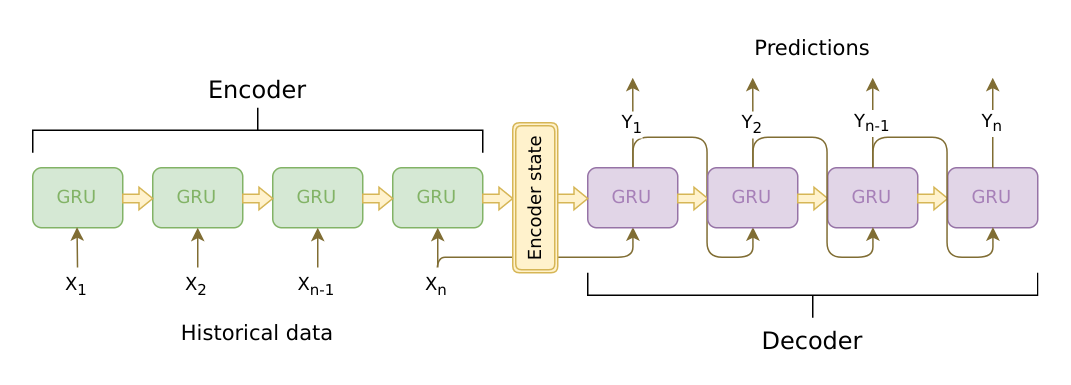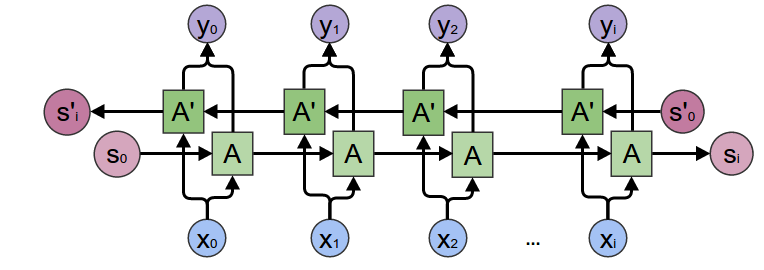Project Title: Chatbot as a conversational partner
Student: YONGFAN LIN
The goal of the project is to build a chatbot which can improve people's motivation and confidence to speak English.
An AI-based sound chatbot was built based on Pytorch framework and trained on the Cornell Movie-Dialogs Corpus.
Upuload cornell_movie_dialogs_corpus.zip
python 3.6+
pytorch 1.2
pyttsx3 2.71
PyAudio 0.2.11
SpeechRecognition 3.8.1
All packages can use pip to install
pip is already installed for Python 2 >=2.7.9 or Python 3 >=3.4
pip for Python 2
$ pip install <package name>pip3 for Python 3
$ pip3 install <package name>Load training data
Download and unzip cornell_movie_dialogs_corpus.zip, put it in a data/ directory under the current directory.
Cornell Movie--Dialogs Corpus
This corpus contains a large metadata-rich collection of fictional conversations extracted from raw movie scripts:
- 220,579 conversational exchanges between 10,292 pairs of movie characters
- involves 9,035 characters from 617 movies
- in total 304,713 utterances
- movie metadata: genres, release year, IMDB rating, number of IMDB votes, IMDB rating
- character metadata: gender (for 3,774 characters), position on movie credits (3,321 characters)
After all the preparations are done
Find the Python File Path with the traning data in Command Prompt
$ cd <file's directory>Directly run AI_sound_chatbot.py
$ python AI_sound_chatbot.pyOther Python IDE can also be used, such as PyCharm, Sublime Text an so on
At the heart of the AI-based chatbot is the Seq2Seq model, which has two independent recurrent neural networks, one for the encoder and the other for the decoder.
Seq2Seq Model

Image source: https://jeddy92.github.io/JEddy92.github.io/ts_seq2seq_intro/
Encoder
Encoder uses the bidirectional variant of GRU to take advantage of past and future contexts.

Image source: https://colah.github.io/posts/2015-09-NN-Types-FP/
Decoder
The decoder uses the Luong attention mechanism to generate an output based on the hidden state of all encoders, and only calculates the attention weights based on the hidden state of the decoder of the current time step.

Image source: https://arxiv.org/abs/1508.04025
The chatbot borrows code from the Pytorch chatbot tutorial
https://github.com/pytorch/tutorials/blob/master/beginner_source/chatbot_tutorial.py
The author is Matthew Inkawhich